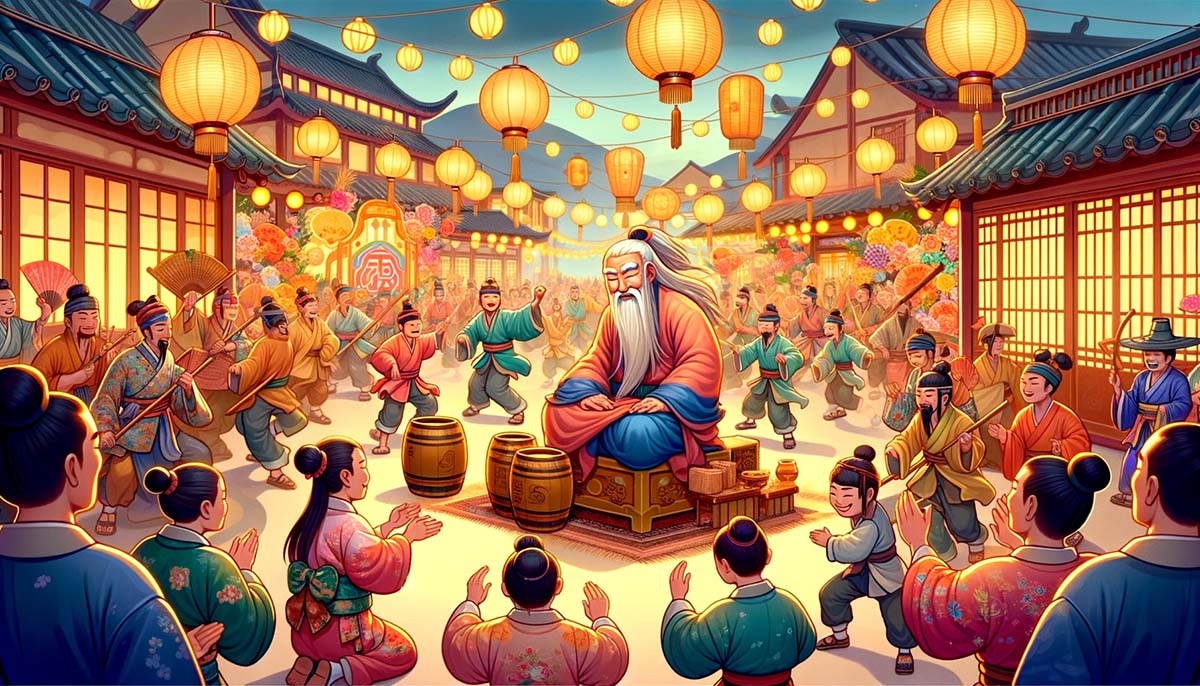Mamgatoto is a fascinating concept that has captured the attention of many people around the world. It refers to a traditional practice or cultural phenomenon (depending on the context in which it is used) that varies across different cultures and regions. This article delves into the origins, significance, and modern-day relevance of Mamgatoto, shedding light on how it has evolved over time.
What is Mamgatoto?
Mamgatoto is a term with deep cultural roots, often associated with traditional rituals, customs, or practices passed down through generations. The specific meaning and application of Mamgatoto can vary widely depending on the cultural or regional context. In some communities, Mamgatoto may refer to a rite of passage, a communal celebration, or a spiritual practice. In others, it might be linked to agricultural rituals, family traditions, or even social gatherings.
Historical Significance
The origins of Mamgatoto are often steeped in ancient traditions and beliefs. In many cultures, Mamgatoto was an essential part of community life, marking significant events such as births, marriages, harvests, or religious ceremonies. The practice was believed to bring blessings, prosperity, and protection to the individuals or communities involved.
Over time, Mamgatoto has evolved, adapting to the changing social and cultural landscapes. While some aspects of the practice may have diminished or transformed, the core values and principles behind Mamgatoto remain intact, serving as a bridge between the past and present.
Modern-Day Relevance
In today’s globalized world, Mamgatoto continues to hold cultural significance for many people. It is often celebrated as a way of preserving cultural heritage, fostering community bonds, and promoting a sense of identity. In some regions, Mamgatoto has also gained recognition as a valuable tradition that contributes to social cohesion and the transmission of cultural knowledge.
Moreover, Mamgatoto has found new expressions in contemporary society. It may be incorporated into modern celebrations, educational programs, or cultural festivals, where it serves as a reminder of the importance of tradition and cultural continuity.
Conclusion
Mamgatoto is more than just a tradition or cultural practice; it is a symbol of the enduring connection between generations, communities, and the cultural values that define them. As the world continues to evolve, Mamgatoto stands as a testament to the resilience of cultural heritage and its ability to adapt and thrive in new contexts.
Frequently Asked Questions (FAQs) about Mamgatoto
- What does Mamgatoto mean?
- Mamgatoto is a term that can refer to various traditional practices, rituals, or customs, depending on the cultural or regional context. Its meaning and significance can vary widely across different communities.
- Where is Mamgatoto practiced?
- Mamgatoto is practiced in various cultures and regions around the world. Its specific form and function can differ depending on local traditions and beliefs.
- What is the purpose of Mamgatoto?
- The purpose of Mamgatoto often includes marking significant life events, celebrating community bonds, preserving cultural heritage, and passing down traditional knowledge.
- How has Mamgatoto evolved over time?
- Mamgatoto has evolved in response to changing social and cultural landscapes. While some traditional aspects may have changed, the core values and principles behind Mamgatoto continue to be relevant in modern society.
- Is Mamgatoto still relevant today?
- Yes, Mamgatoto remains relevant today as a way of preserving cultural heritage, fostering community bonds, and promoting a sense of identity. It is often celebrated in modern contexts such as cultural festivals or educational programs.
- Can Mamgatoto be adapted for modern celebrations?
- Yes, Mamgatoto can be adapted for modern celebrations, where it may be incorporated into events that honor cultural traditions, promote social cohesion, or educate others about cultural heritage.
- How can one participate in a Mamgatoto ceremony?
- Participation in a Mamgatoto ceremony typically involves understanding the cultural context and significance of the practice. It is important to approach such ceremonies with respect and a willingness to learn about the traditions being observed.
- What is the significance of Mamgatoto in today’s globalized world?
- In today’s globalized world, Mamgatoto serves as a reminder of the importance of cultural continuity and the value of preserving traditional practices. It also highlights the adaptability of cultural heritage in contemporary society.
- Are there variations of Mamgatoto across different cultures?
- Yes, Mamgatoto can vary significantly across different cultures. Each community may have its own unique interpretation and practice of Mamgatoto, reflecting its specific cultural values and traditions.
- How can Mamgatoto contribute to cultural education?
- Mamgatoto can be a valuable tool for cultural education by providing insights into traditional practices, fostering an appreciation for cultural diversity, and promoting the transmission of cultural knowledge to future generations.
Conclusion
Mamgatoto is a rich and diverse tradition that continues to play an important role in the lives of many people around the world. Whether as a celebration of cultural heritage, a marker of significant life events, or a means of fostering community bonds, Mamgatoto remains a vital part of the cultural landscape in many societies.











